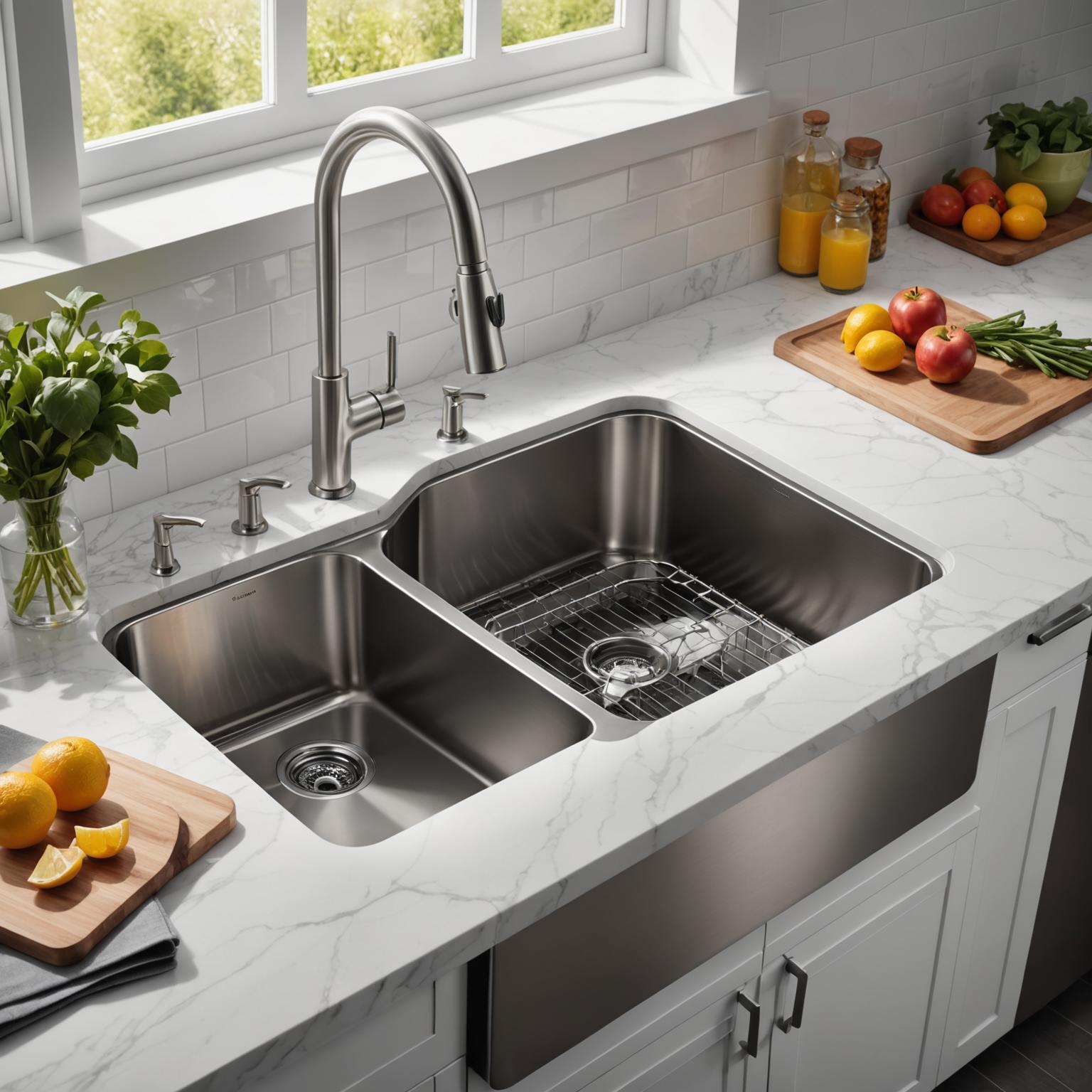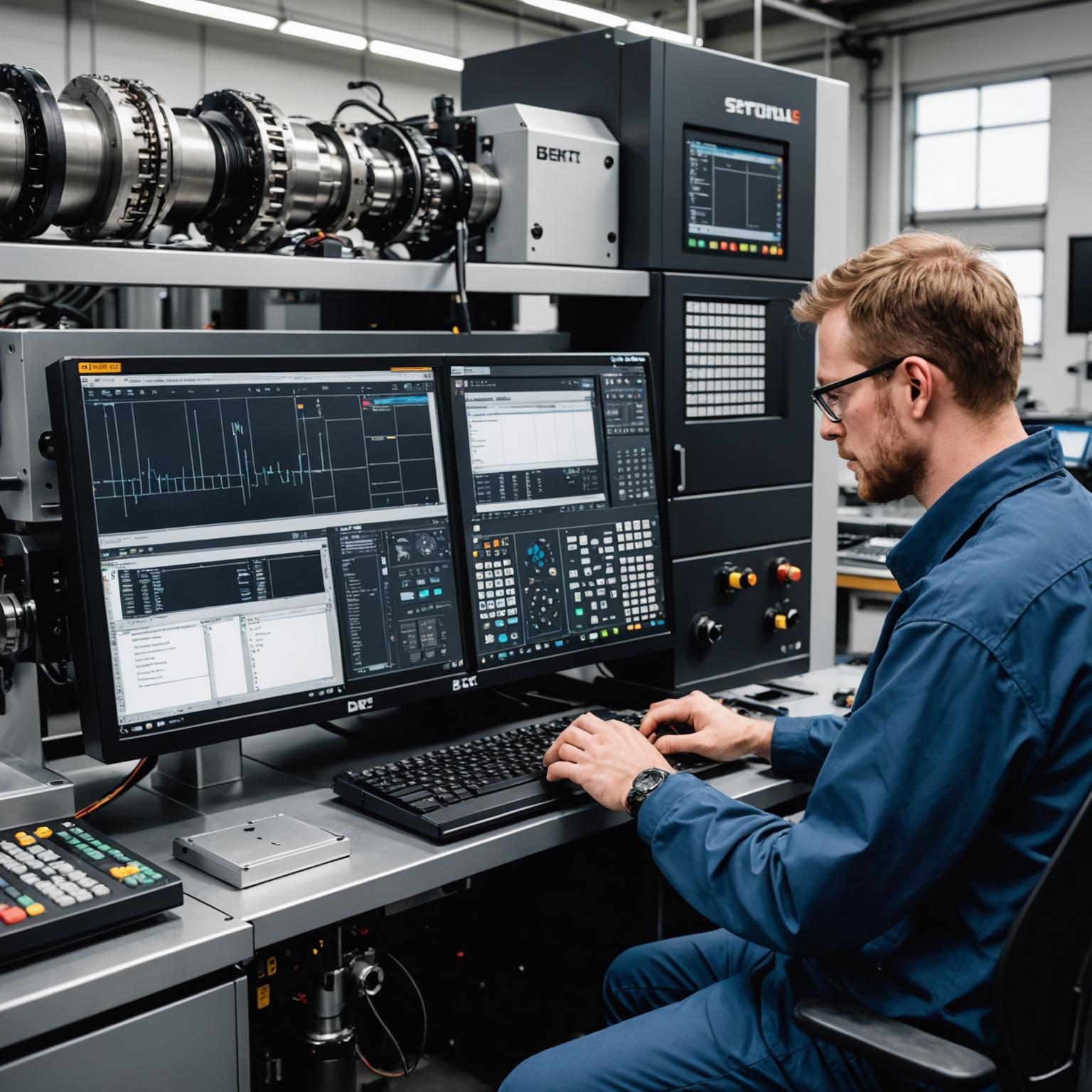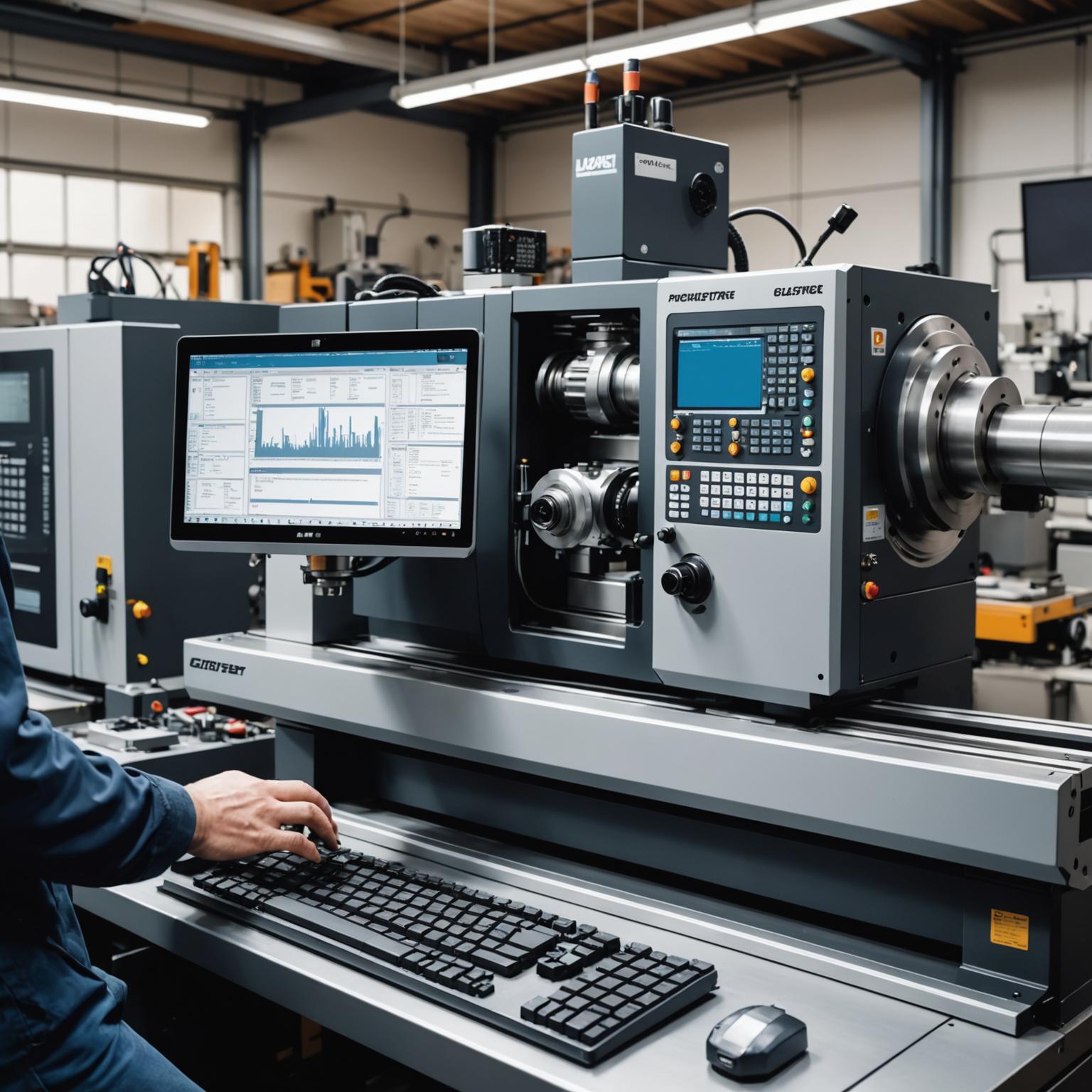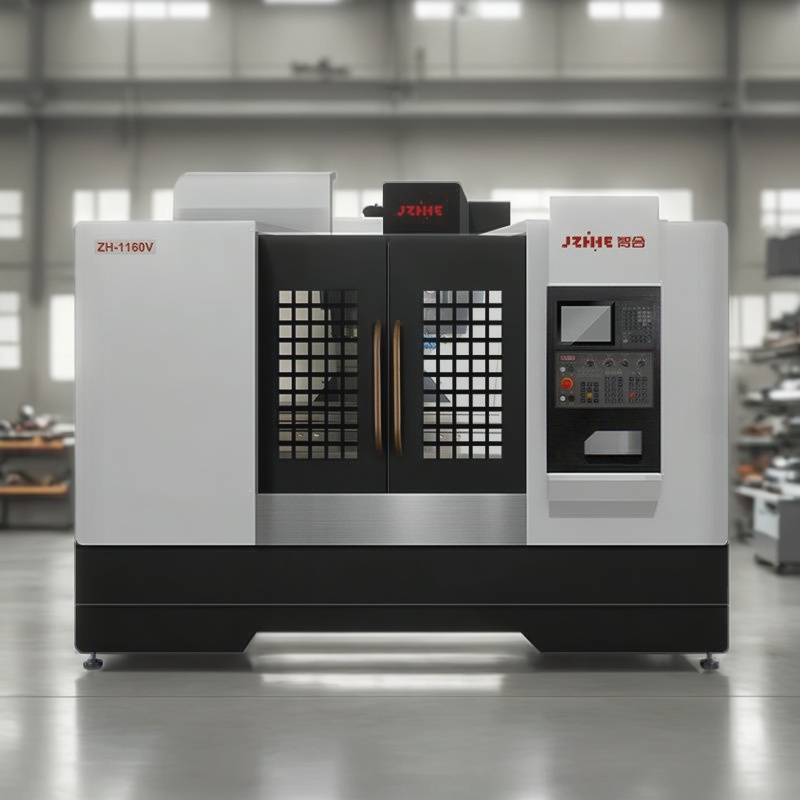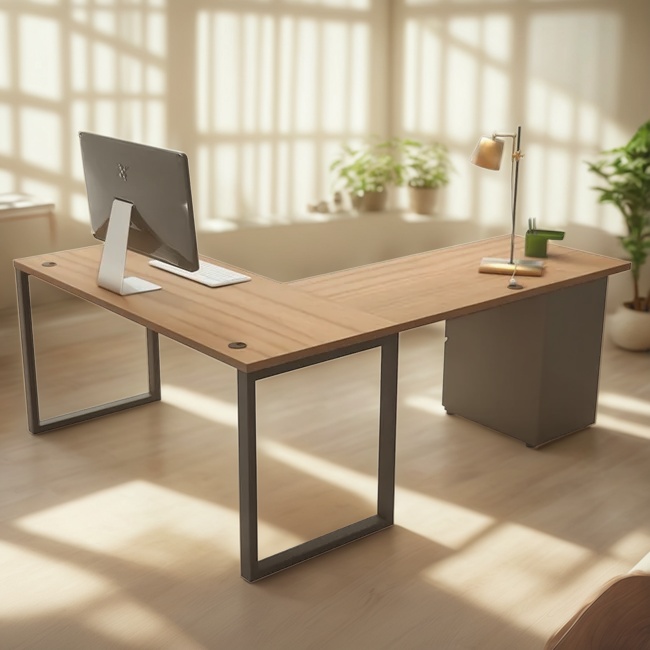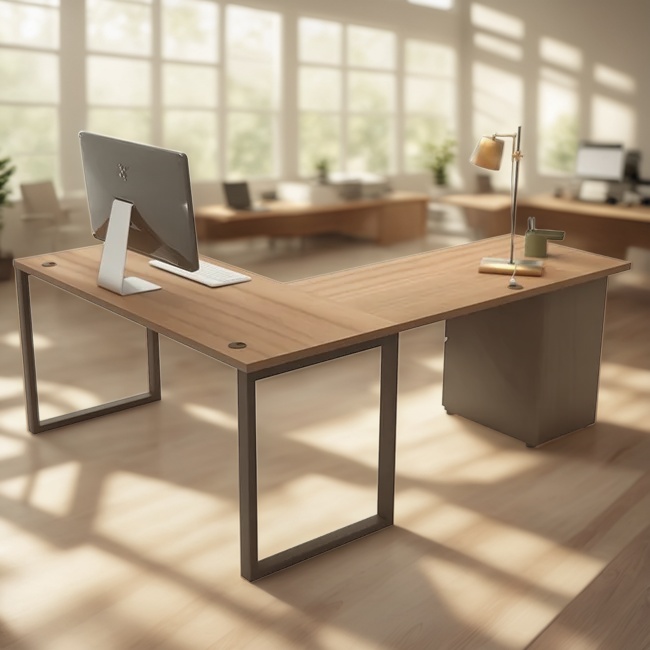The Digital Heart of Modern Manufacturing
At the core of modern precision manufacturing lies a sophisticated language of code and control: CNC lathe programming. This critical skill transforms digital blueprints into tangible, perfectly formed cylindrical components used in everything from aerospace to medical devices. Without expert programming, even the most advanced machinery would be inert. It is the vital link that translates human ingenuity into machine execution, dictating every movement, cut, and rotation with unparalleled accuracy. Understanding this process is the first step toward mastering the powerful capabilities of today's automated manufacturing world.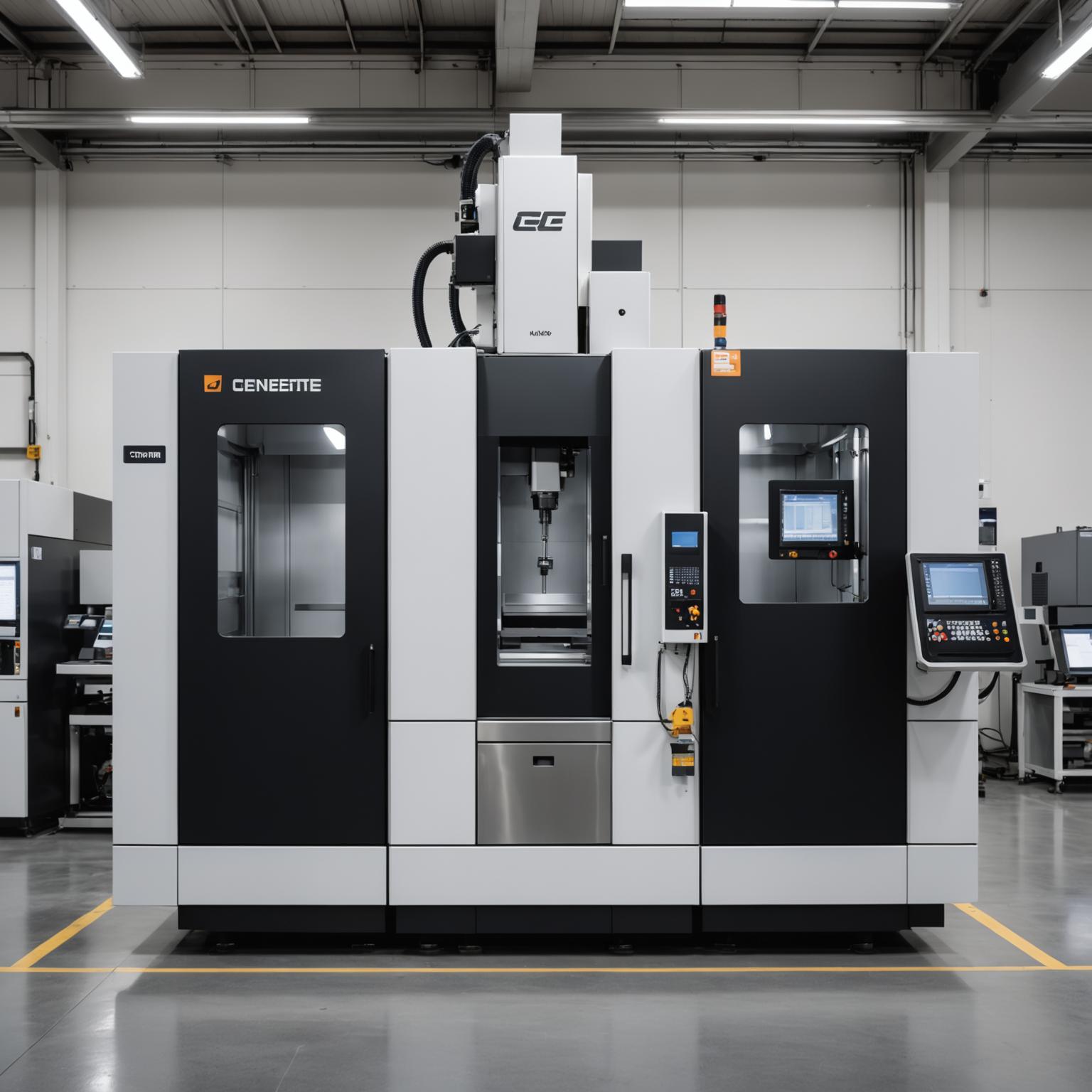
Understanding the Language of Machines: G-Codes and M-Codes
At its foundation, CNC lathe programming is about communicating with the machine through a specific set of instructions known as G-code and M-code. G-codes, or preparatory codes, direct the machine's geometry and movement. They tell the cutting tool where to go, defining paths for linear cuts (G01), rapid positioning (G00), and circular arcs (G02/G03). M-codes, or miscellaneous functions, control the machine's auxiliary functions. These commands manage tasks like starting or stopping the spindle (M03/M05), turning coolant on or off (M08/M09), and signaling a tool change (M06). A programmer works primarily with a two-axis coordinate system for a standard lathe: the X-axis (controlling the diameter of the part) and the Z-axis (controlling the length). By combining these codes with precise coordinate values, a programmer crafts a sequence of operations that meticulously shapes a raw piece of stock material into a finished part, adhering to tolerances measured in micrometers.
From Code to Creation: The CNC Lathe Operation Process
Writing the program is only the beginning; the next phase is the CNC lathe operation, where the digital instructions are brought to life. The process begins with loading the completed program into the machine's controller. The skilled operator then undertakes the crucial setup procedure. This involves securely clamping the raw workpiece into the lathe's chuck and installing the necessary cutting tools into the turret. Each tool must be precisely measured, and its offset—the exact distance from its tip to a machine reference point—must be entered into the controller. This ensures the machine knows precisely where each tool is, which is fundamental for accuracy. Once the setup is complete and verified, the operator can initiate the cycle. They carefully monitor the initial run, ready to make adjustments to feeds, speeds, or offsets to optimize the process. A seamless CNC lathe operation is a testament to both a well-written program and a meticulous setup, ensuring efficiency, safety, and part quality.
The Search for Excellence: What Defines the Best CNC Lathe
For businesses aiming to achieve the highest levels of productivity and precision, the selection of equipment is paramount. The quest for the best CNC lathe involves evaluating several key characteristics that separate a good machine from a great one. Machine rigidity is a primary factor; a heavy, well-dampened structure minimizes vibrations, which is essential for achieving fine surface finishes and holding tight tolerances, especially during heavy cuts. Spindle power and speed are also critical, as they determine the machine's ability to handle tough materials and achieve high material removal rates. Furthermore, the sophistication of the CNC controller and the user interface directly impacts ease of use and programming efficiency. Advanced controllers offer intuitive navigation, powerful simulation features, and faster processing speeds. For instance, looking at top-tier machines like the JZIH ZH-1160V Vertical Machining Center provides insight into what constitutes cutting-edge technology. While it is a mill, the principles of its design—a high-rigidity structure for stability, a high-speed spindle with remarkable thermal stability, and an intelligent, ergonomic control panel—are precisely the qualities one should seek when looking for the best CNC lathe. These features empower operators and programmers to unlock the full potential of their manufacturing capabilities.
Optimizing for Performance: Advanced Programming and Technology
Beyond the basics, effective CNC lathe programming involves a deeper level of strategy aimed at optimizing every aspect of the machining process. This includes developing efficient toolpaths that reduce cycle times and minimize tool wear. Programmers must also master the calculation of optimal speeds and feeds for various material-tool combinations, balancing the need for rapid production with the requirements of surface finish and tool life. The use of canned cycles is another advanced technique, where a single G-code can execute a complex, multi-step operation like drilling or threading, simplifying the program and reducing the chance of error. The biggest evolution in the field has been the widespread adoption of CAM (Computer-Aided Manufacturing) software. CAM systems allow programmers to generate complex toolpaths directly from a 3D CAD model, automating much of the G-code creation process. This not only speeds up programming for highly complex parts but also enables advanced strategies like high-speed machining that would be nearly impossible to code by hand.
The Synergy of Skill and Machine
Ultimately, success in the world of precision machining hinges on the powerful synergy between human skill and mechanical capability. Expert CNC lathe programming provides the intelligent instructions, while a smooth and precise CNC lathe operation ensures those instructions are executed flawlessly. This entire workflow is built upon the foundation of high-quality equipment. Investing in a machine that offers stability, power, and advanced controls is what enables programmers and operators to push the boundaries of what is possible. Whether one is manually writing G-code for a simple component or using sophisticated CAM software for a complex assembly, the goal remains the same: to transform raw material into a perfectly realized product with maximum efficiency and unwavering precision. Mastering these interconnected disciplines is the key to thriving in the competitive landscape of modern manufacturing.

